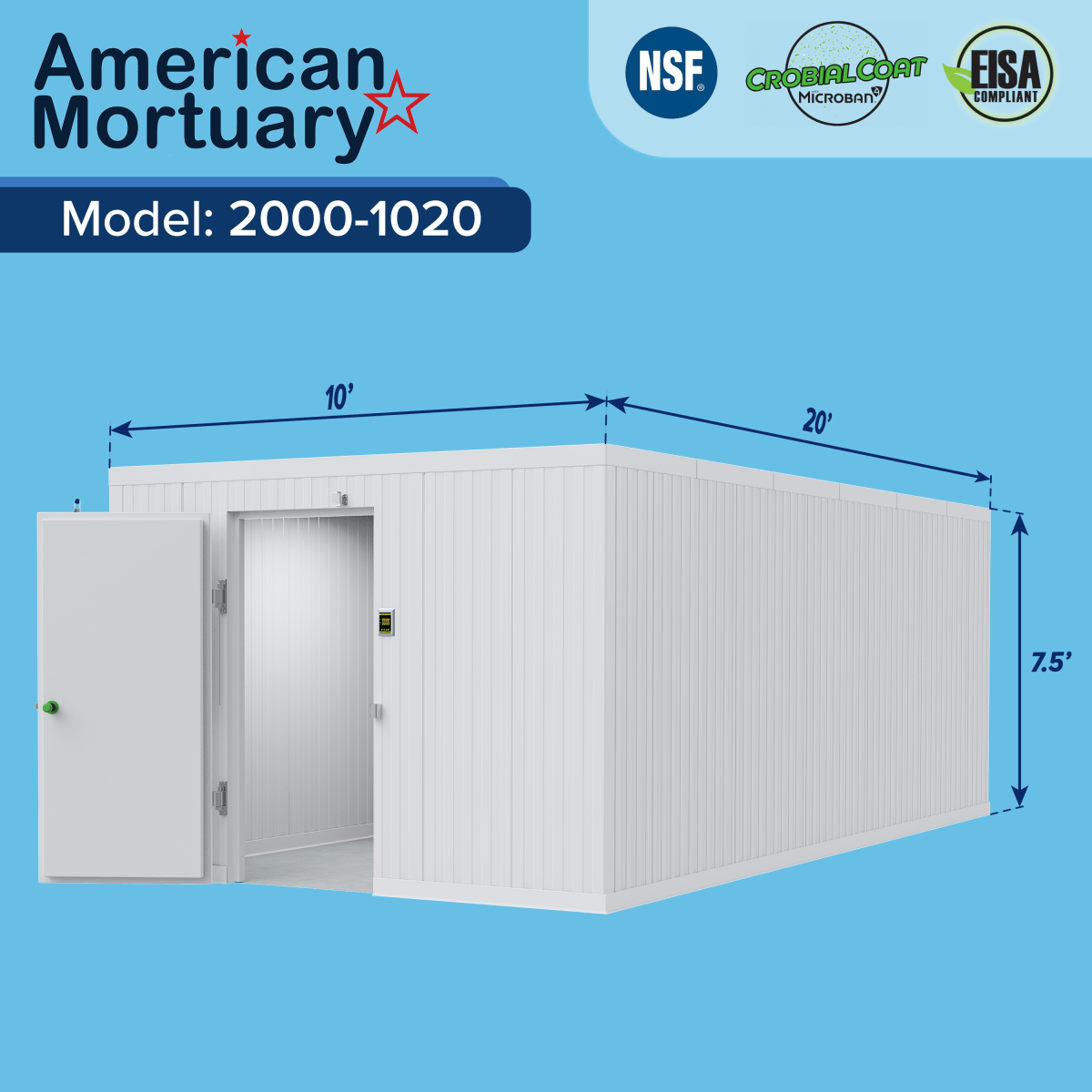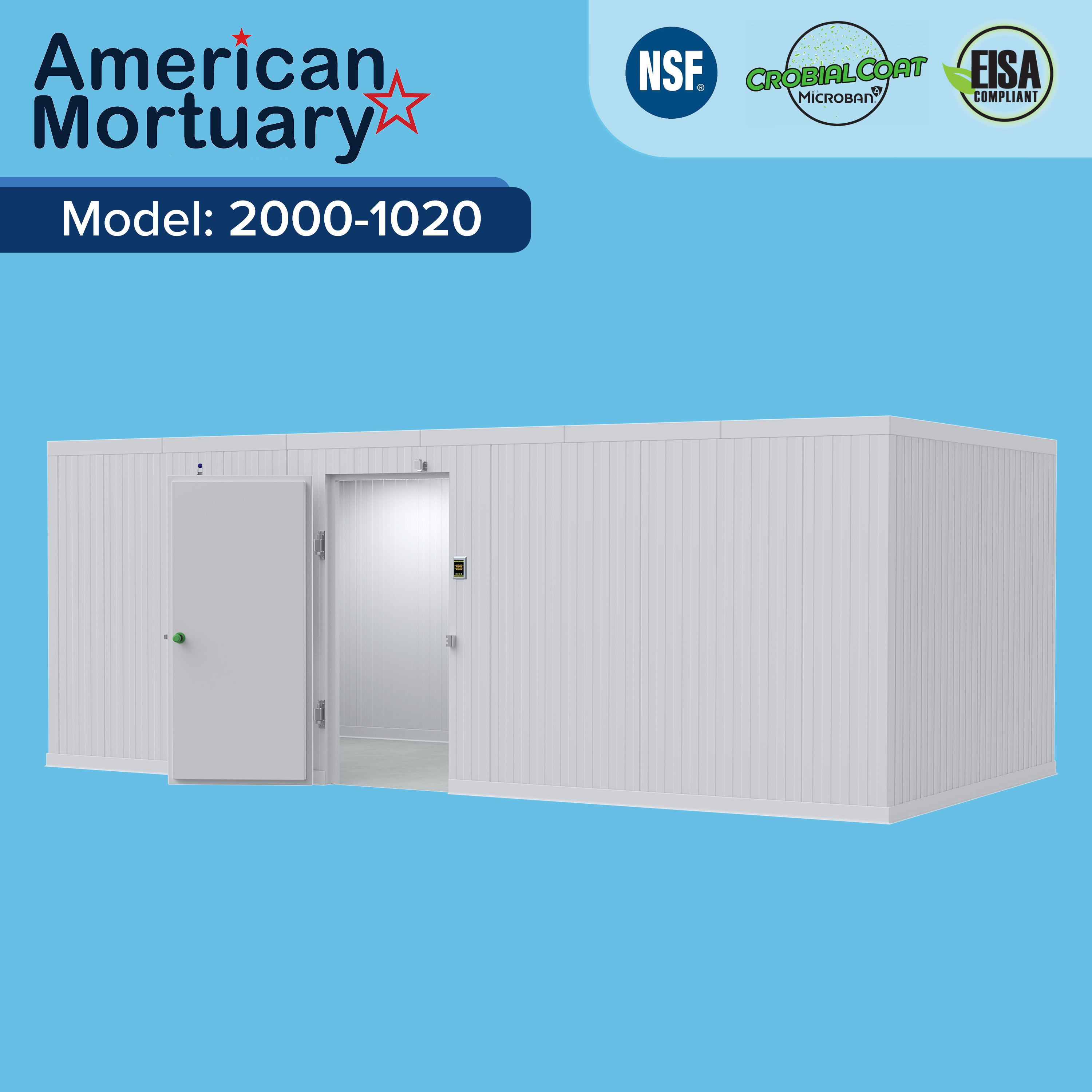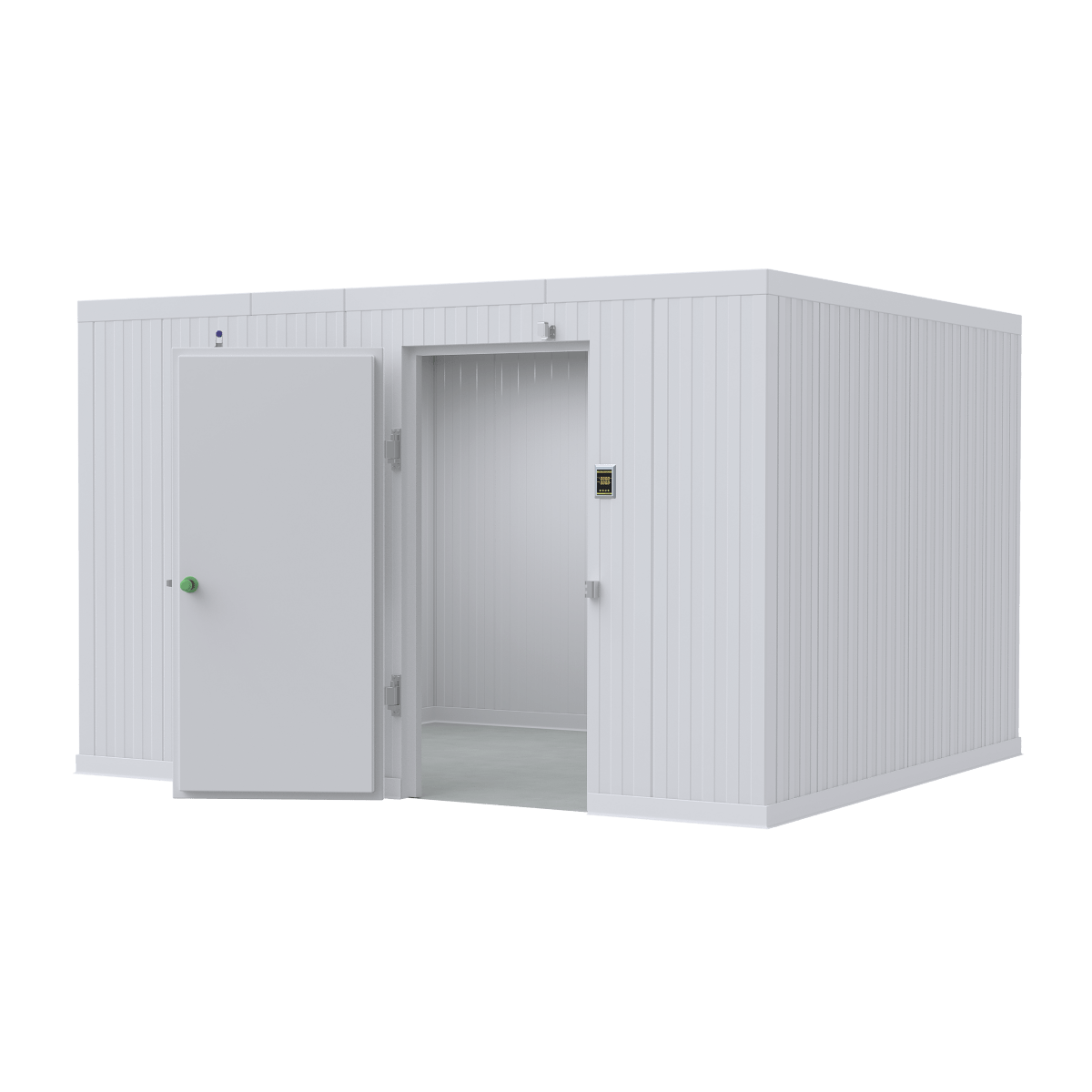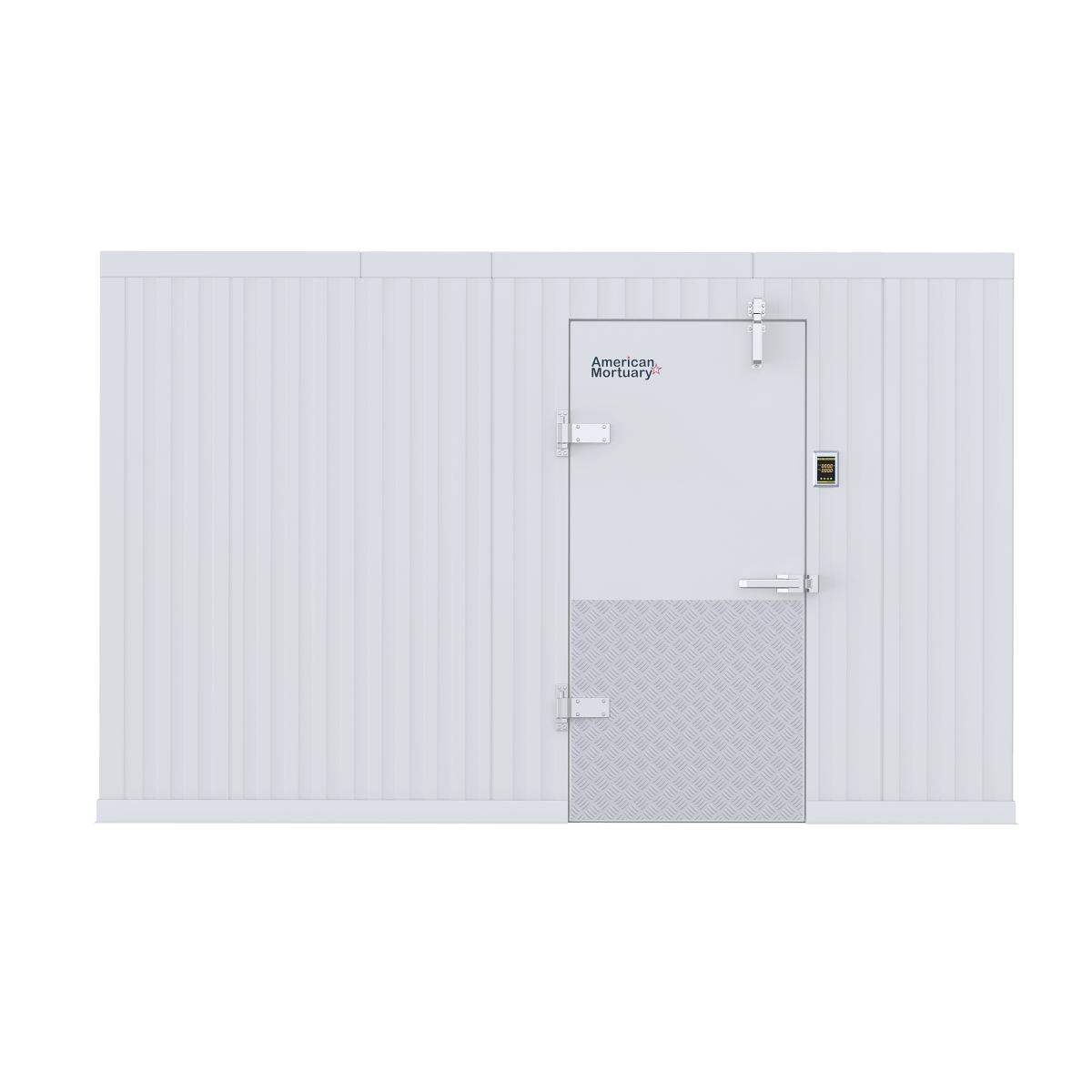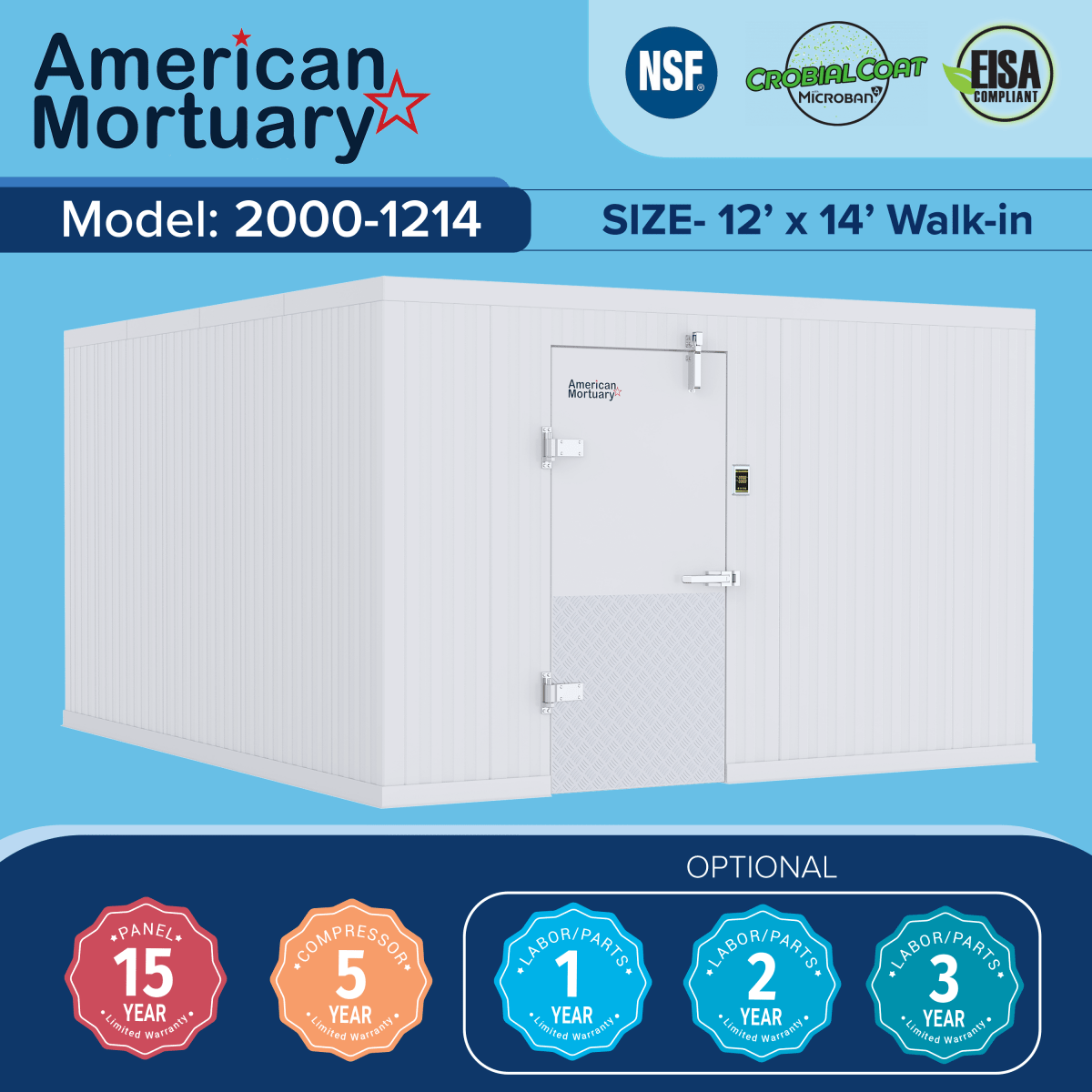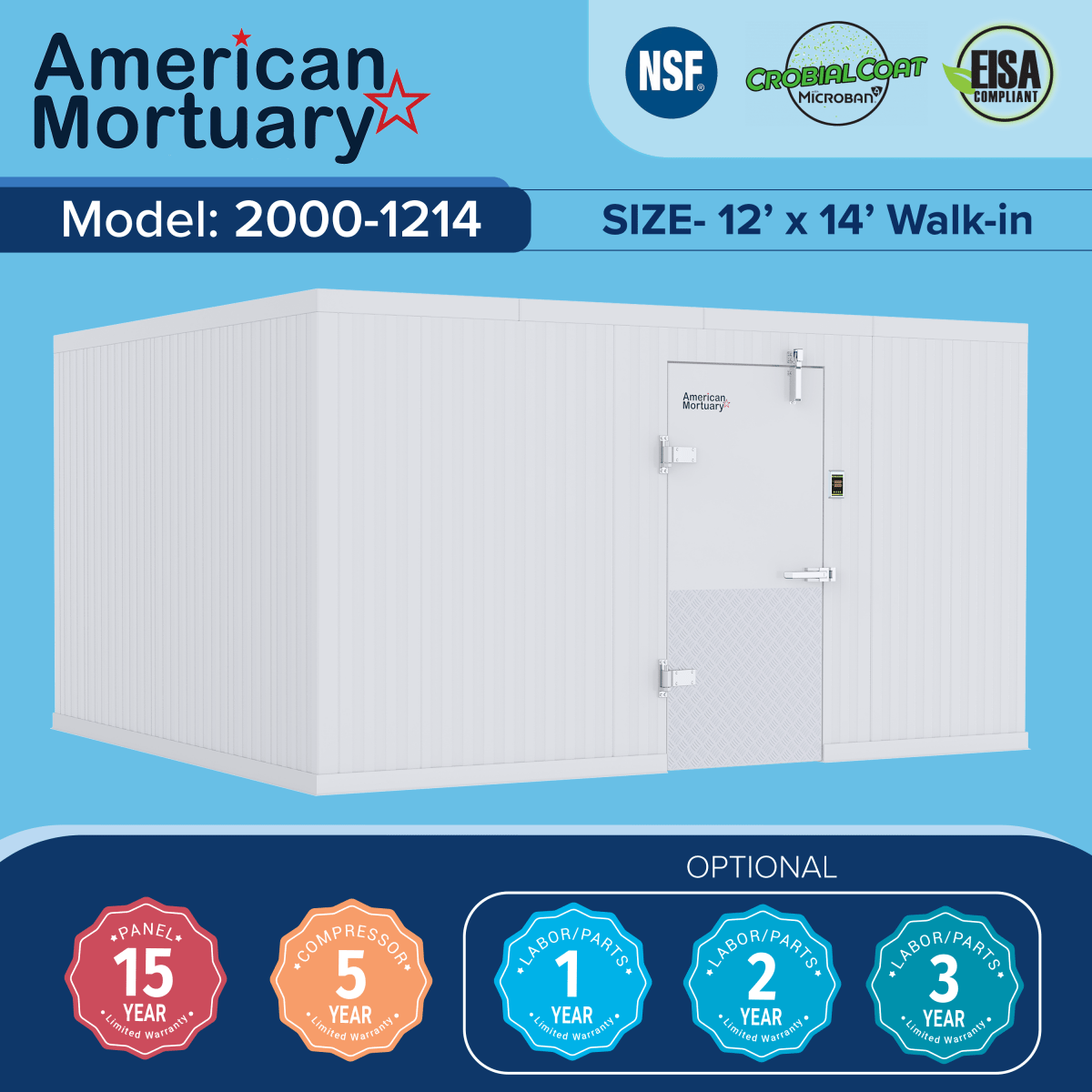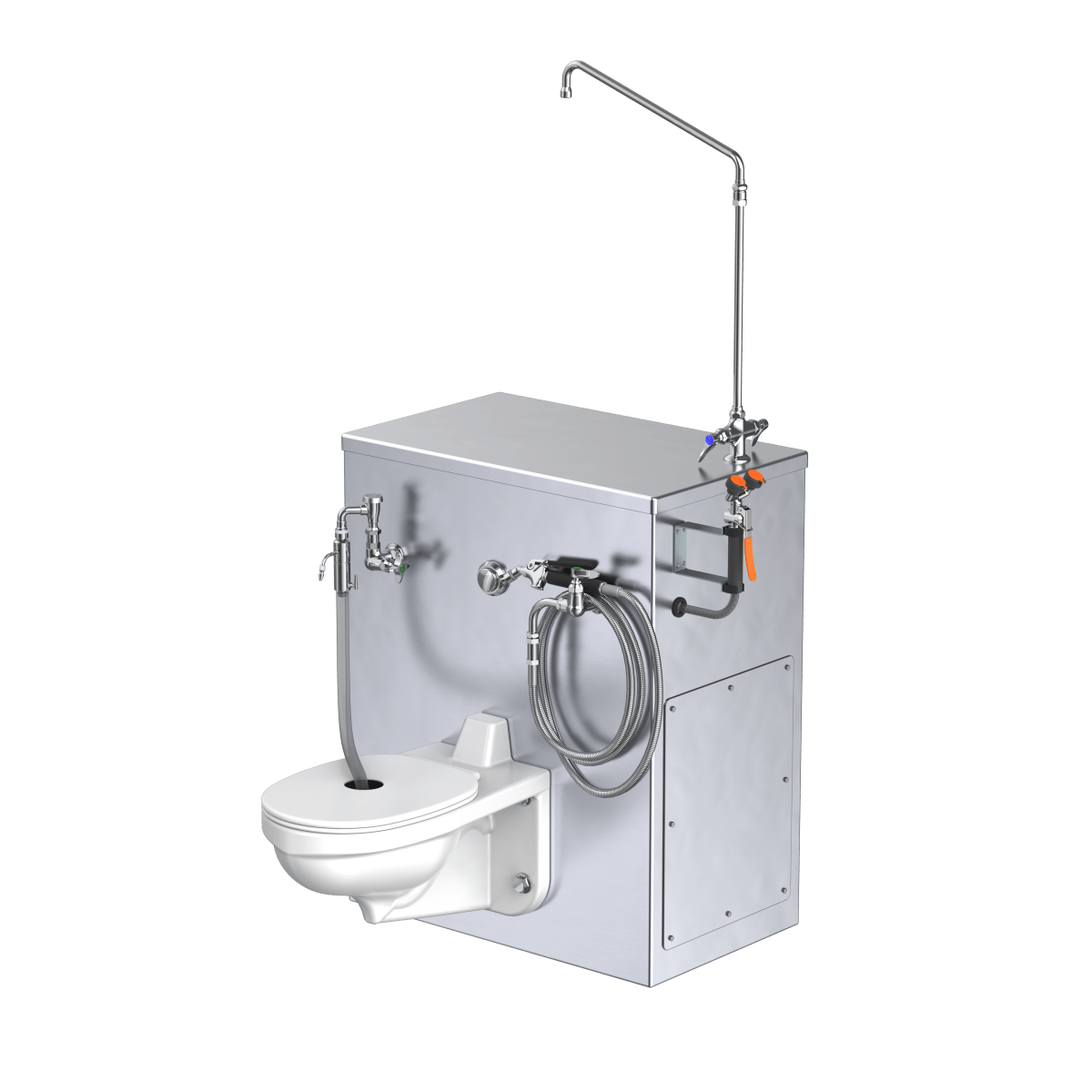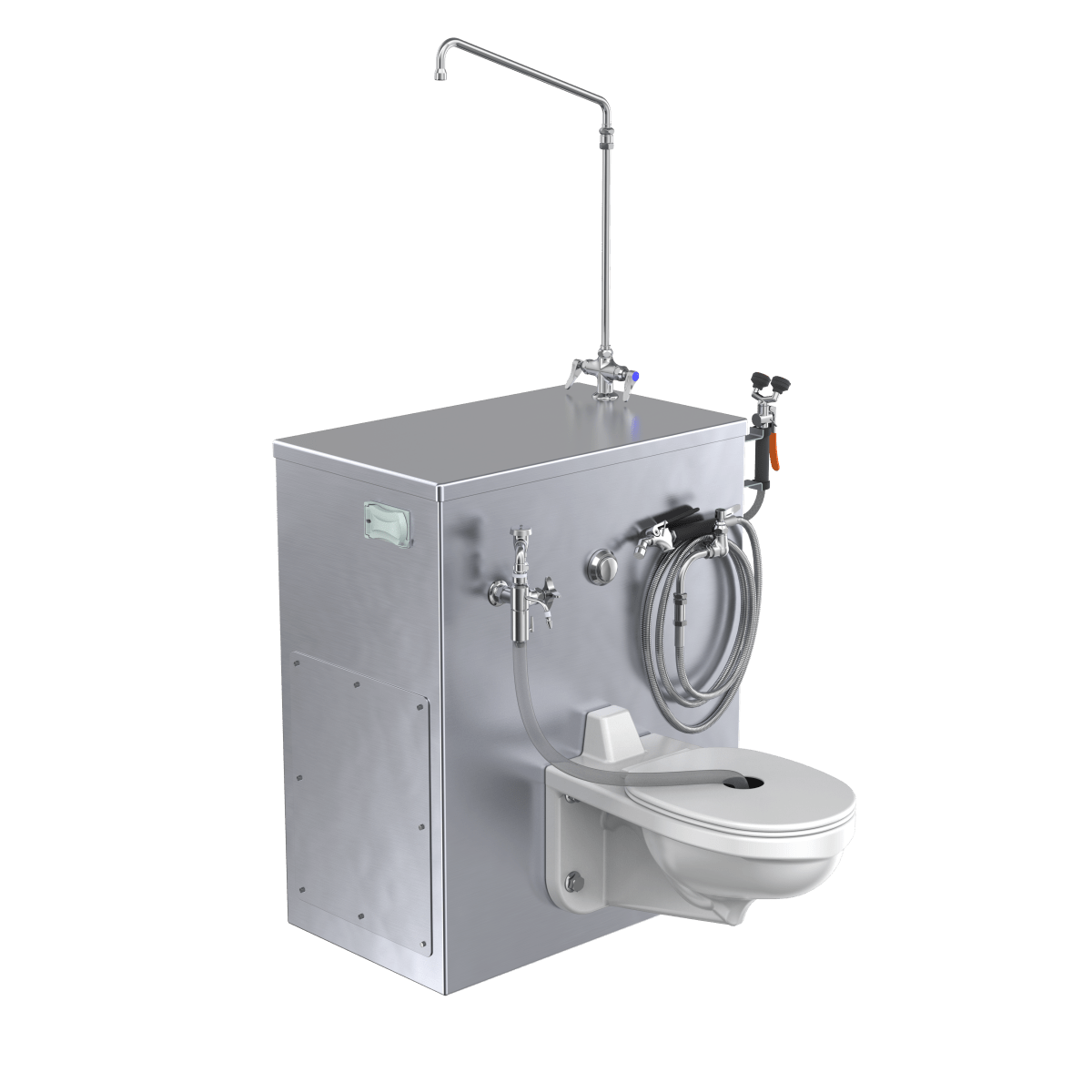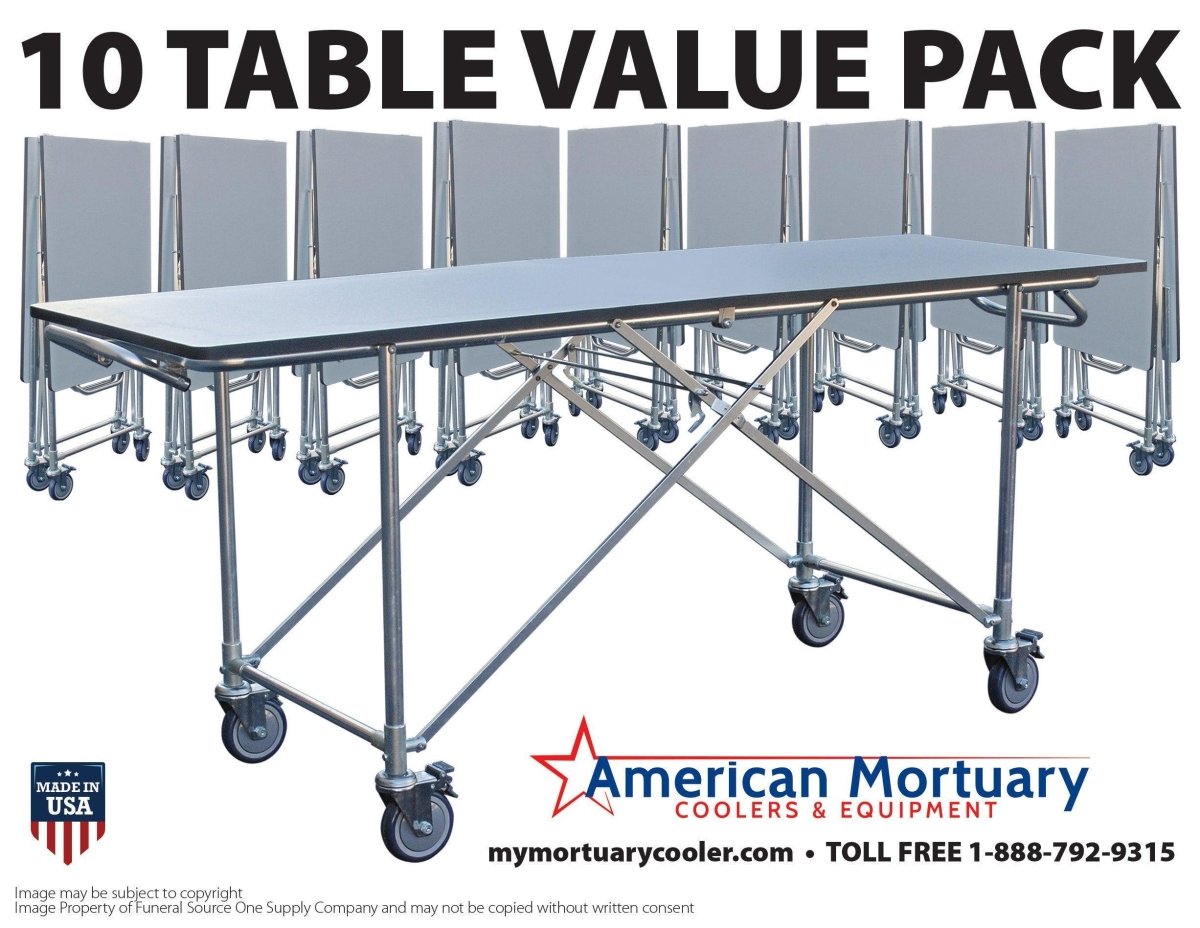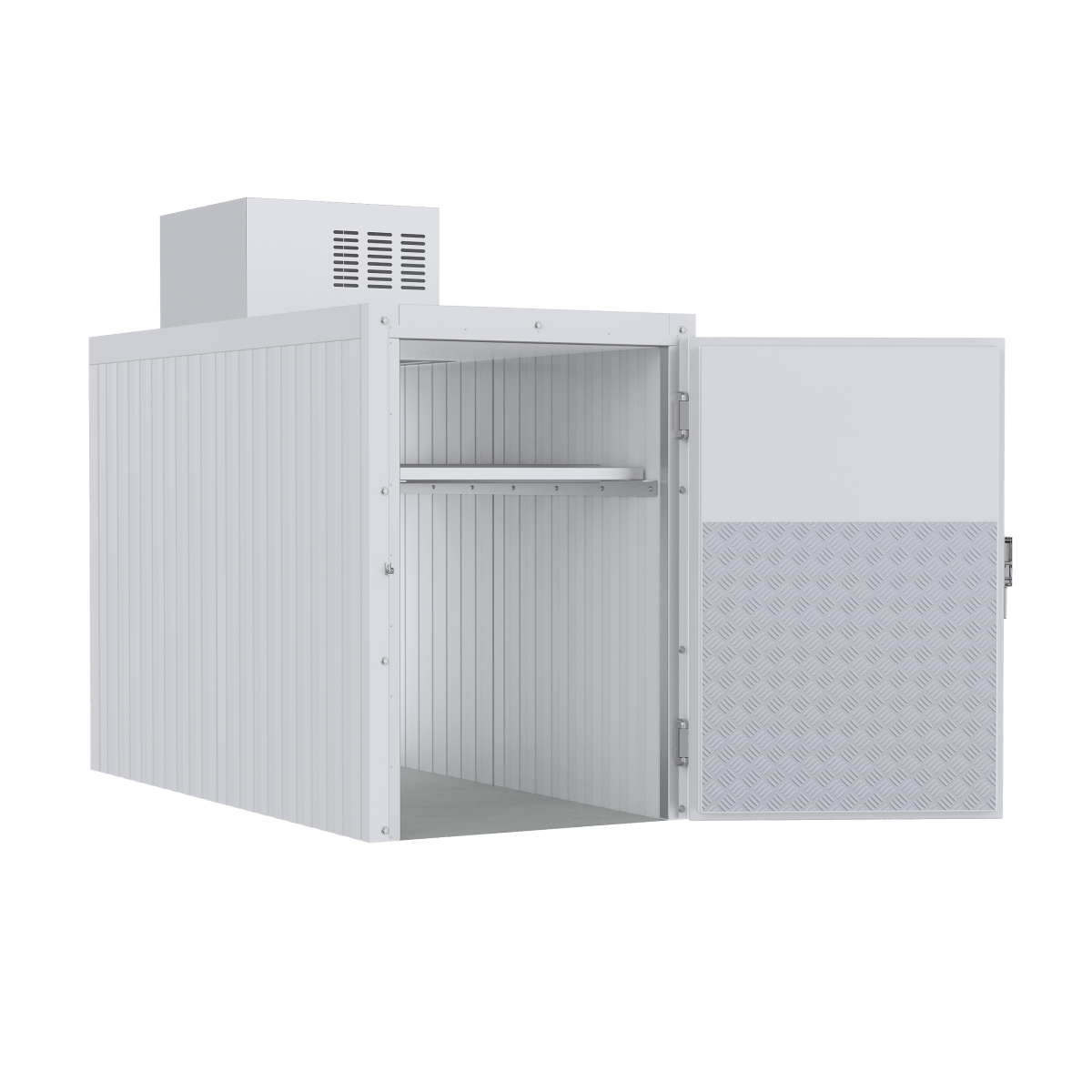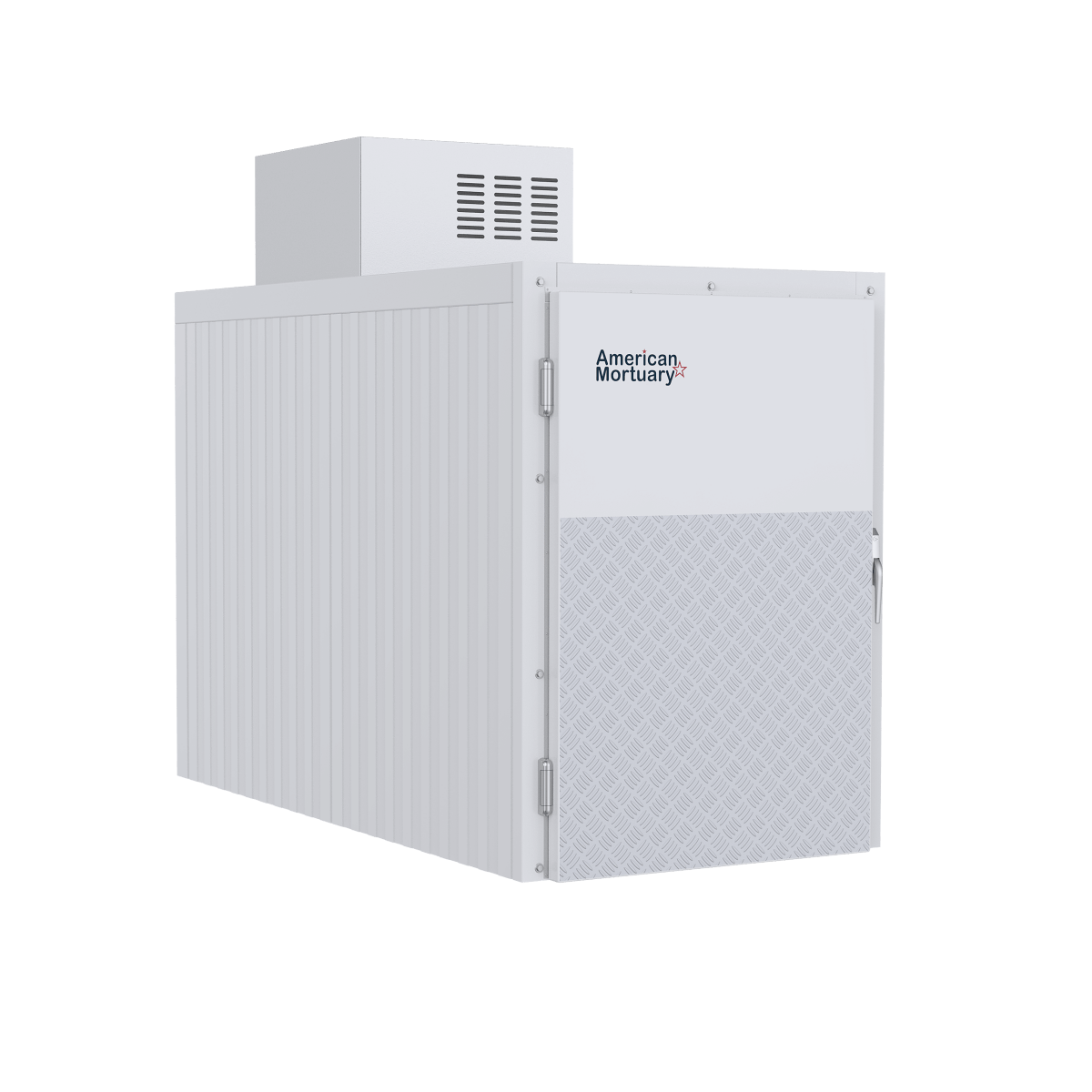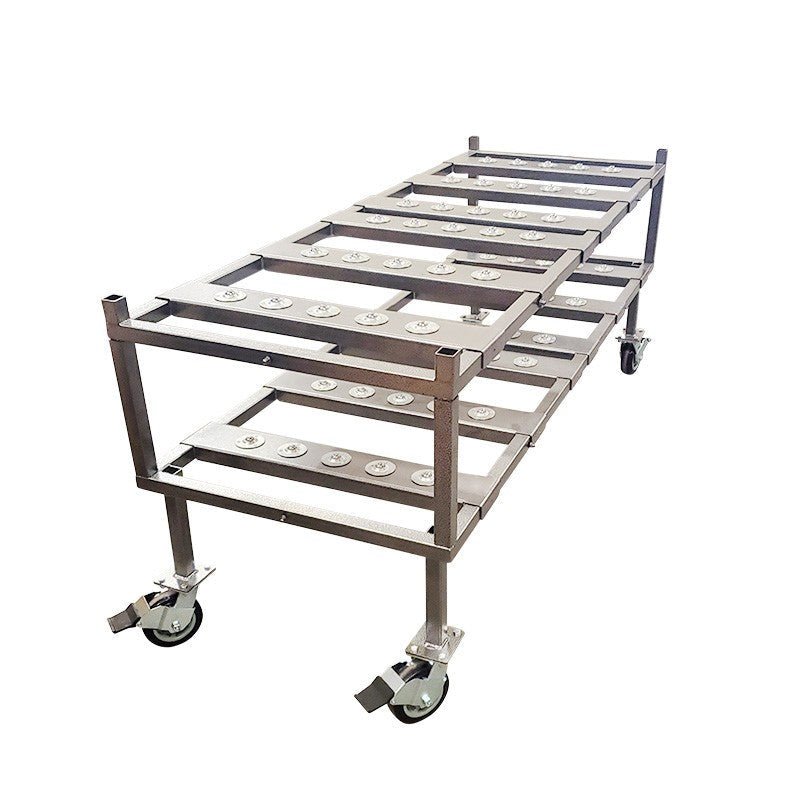Life-Saving Mobility: The Essential Mega Mover Tarp
Looking for information about a mega mover tarp? Here's what you need to know:
| Mega Mover Tarp Quick Facts |
|---|
| Weight capacity: 1,000 lbs |
| Breaking strength: 1,500 lbs |
| Unit weight: Only 1 lb |
| Dimensions: 40" × 80" |
| Material: Non-woven, latex-free, fluid-resistant |
| Handles: 14 reinforced ergonomic handles |
| Price range: $25-60 depending on model |
| Best uses: Patient transport, confined spaces, stairwells, bariatric rescue |
When first responders face the challenge of moving patients through tight spaces where traditional stretchers can't go, the mega mover tarp becomes an essential life-saving tool. This portable transport solution bridges the gap between improvised carries and full medical equipment, offering remarkable strength and versatility in a lightweight package.
The mega mover tarp has revolutionized patient transport in emergency medicine and rescue operations. Originally developed as an improvement to the simple blanket drag, this innovative device now serves as the go-to solution for EMS professionals, firefighters, and healthcare workers who need to safely move patients in challenging environments.
"Just grab them and go and hope whatever you're holding onto doesn't come off!" joked veteran firefighter Tom Brennan about old rescue methods. Today's mega mover tarps eliminate that uncertainty with scientifically designed handles and weight distribution systems that protect both patients and caregivers.
I'm Mortuary Cooler, a national-level mortuary cooler supplier with extensive experience helping emergency services select appropriate mega mover tarps for various transport scenarios. Having worked with numerous funeral homes and medical facilities, I understand how crucial reliable patient movement equipment is for both dignity and safety.

What Is a Mega Mover Tarp?
A mega mover tarp is the unsung hero of emergency patient transport—a remarkably simple yet ingenious solution for moving people when traditional stretchers just won't cut it. Imagine a super-strong fabric sheet with handles all around it that lets rescuers safely carry patients through tight spaces, down narrow stairwells, or out of precarious situations.
What makes these tarps truly impressive is their incredible strength despite weighing next to nothing. At just 1 pound—about the weight of a bottle of water—a mega mover tarp can safely support patients weighing up to 1,000 pounds, with breaking strength tested to an impressive 1,500 pounds. That's like carrying a small motorcycle with something lighter than your lunch!
The standard design features 14 reinforced handles strategically placed around the perimeter, allowing multiple rescuers to share the load. This smart configuration protects everyone involved—patients get secure transport while caregivers avoid back strain and injuries. When the emergency is over, the whole thing folds down to about the size of a small laptop, tucking neatly into ambulances, fire trucks, or hospital storage.
Unlike rigid backboards that feel like lying on a wooden door, the mega mover tarp gently conforms to the patient's body shape. The non-woven material also creates a protective barrier against fluids, keeping both patients and rescue personnel protected during transport.
Evolution from Blankets to High-Tech Tarps
The journey to today's mega mover tarp started with the humble blanket drag—a technique as old as emergency rescue itself. Picture firefighters of yesteryear grabbing whatever bedding was available to drag someone from a burning building. While better than nothing, these improvised methods often failed when needed most, with blankets tearing or rescuers losing their grip at critical moments.
By the 1990s, EMS professionals knew they needed something better. The first attempts were basically canvas sheets with sewn-on handles—a definite improvement, but still lacking the scientific design and standardization that modern emergency medicine demanded.
Today's mega mover tarp emerged as EMS teams faced increasingly complex rescue environments—multi-story apartment complexes, narrow urban spaces, and challenging disaster zones. Firefighters especially acceptd these improved transport devices for Rapid Intervention Team operations, where rescuing their own colleagues from dangerous situations demanded equipment both lightweight and incredibly strong.
The Seattle Fire Department's experience tells the story well. After incorporating mega movers into their standard equipment for about six years, they reported dramatic improvements in their ability to extract firefighters trapped under debris or in confined spaces where bulkier equipment simply couldn't go.
Why the Name "Mega Mover Tarp" Matters
There's meaning behind the name "mega mover tarp" that perfectly captures what it does—"mega" speaks to its impressive strength, "mover" to its primary function, and "tarp" describes its flexible sheet-like design.
In professional settings, you might also hear these referred to as PHAT—Patient Handling Assistance Tarp. This more technical term emphasizes its medical purpose and distinguishes it from ordinary tarps you might use for camping or painting.
The language we use around these devices matters, especially when working with bariatric patients. Unfortunately, some EMS communities have developed nicknames like "whale tarp" that can be deeply hurtful if overheard by patients or families. At American Mortuary Coolers, we believe strongly in terminology that preserves human dignity in all situations.
When discussing transport options with funeral homes and medical facilities—from our home base in Tennessee to clients in California and everywhere between—we always use respectful terms like "mega mover tarp" or "bariatric transport device." It's not just about being politically correct—it's about creating an environment of care and respect for everyone involved in difficult situations.
Core Features & Technical Specifications
When it comes to the mega mover tarp, size matters. The standard dimensions measure 40 inches wide by 80 inches long—plenty of room for patients of all sizes. This consistent sizing isn't just convenient; it ensures that emergency teams across the country can train with and use the same equipment, whether they're in Boston or San Diego.

One of the most brilliant design elements is the 14 strategically placed handles. These aren't just random loops—they're arranged in a thoughtful grid pattern around the perimeter, letting multiple rescuers share the load evenly. Each handle is reinforced with multiple material layers, preventing that heart-stopping moment when a handle might tear during a critical lift.
The material itself deserves some appreciation too. Made from non-woven, latex-free material, the mega mover tarp creates an effective barrier against fluids—something we at American Mortuary Coolers know is essential in both emergency medicine and dignified transport. It's the perfect middle ground between being lightweight enough to carry anywhere yet strong enough to trust with precious cargo.
Curious about which model might be right for your facility? Here's how the two most popular options stack up:
| Feature | MegaMover 1500 | MegaMover Plus |
|---|---|---|
| Dimensions | 40" × 80" | 40" × 80" |
| Weight capacity | 1,000 lbs | 1,000 lbs |
| Breaking strength | 1,500 lbs | 1,500 lbs |
| Unit weight | 1 lb | 1.2 lbs |
| Handles | 14 standard | 14 reinforced |
| Special features | Basic model | Backboard pockets |
| Fluid resistance | Standard | Improved |
| Fold size | 12" × 9" × 2" | 14" × 10" × 2" |
| Typical price | $25-35 | $40-60 |
| Best for | General transport | Medical facilities |
When folded, a mega mover tarp becomes about the size of a paperback novel—easily tucked into ambulances, nursing stations, or funeral transport vehicles. In the tight quarters of emergency vehicles where every inch counts, this space efficiency is a game-changer.
Handle Layout & Ergonomics
The handles on a mega mover tarp aren't just thrown on as an afterthought—they're the result of serious ergonomic research. Spaced roughly 18 inches apart, they accommodate rescuers of different heights and arm lengths, letting everyone find a comfortable grip position.
"The ergonomic handles make all the difference," shared an EMT from Atlanta who works with our equipment. "Before we started using mega mover tarps, back injuries were just part of the job after difficult carries. Now our team can distribute the weight properly, and we've seen way fewer injuries."
Some premium models feature PowerGrips—padded handles that reduce pressure points during longer transports. It might seem like a small touch, but when you're carrying someone down eight flights of stairs in a Nashville apartment building with no elevator, those padded grips feel like a gift from heaven.
The handle placement also lets teams adjust on the fly when navigating tight spaces. In those narrow hallways of century-old buildings we often encounter in cities like Chicago and Pittsburgh, this flexibility becomes invaluable for both patient comfort and rescuer safety.
Material Science Behind the Strength
The secret to how a one-pound mega mover tarp can safely support half a ton lies in its non-woven polypropylene construction. Unlike traditional fabrics with interlaced threads, non-woven materials create strength through a dense network of directionally arranged fibers bonded together.
This clever construction distributes forces across the entire surface rather than concentrating stress at specific points. Think of it like the difference between trying to break a single pencil versus trying to break a bundle of them—the load-sharing makes all the difference.
The material is naturally water-resistant too, thanks to the hydrophobic properties of polypropylene. This serves multiple purposes: keeping patients dry, protecting rescuers from potential biohazards, and making cleanup much easier after use—something our mortuary service customers particularly appreciate.
According to occupational health studies, devices like the mega mover tarp significantly reduce the risk of back injuries among healthcare workers. By enabling team lifting with proper ergonomic handles, these tarps distribute weight across multiple muscle groups and rescuers, preventing the strain that comes from awkward lifts. Scientific research on lifting injuries consistently shows that proper equipment is one of the best preventative measures against musculoskeletal damage.
At American Mortuary Coolers, we've seen how the right equipment makes all the difference in safe, dignified transport—whether in emergency situations or funeral services across our nationwide service area.
How to Use a Mega Mover Tarp Safely
Using a mega mover tarp effectively is all about technique and teamwork. While these versatile tools can be lifesavers, they work best when everyone knows their role and follows proper procedures.
The foundation of safe patient transfer begins with the scoop-and-slide technique. This gentle method protects both the patient's spine and your back by minimizing lifting. Think of it as the difference between deadlifting a heavy weight versus sliding it across a surface—your body will thank you! To do this properly, position your folded tarp alongside the patient, then gently roll them away from the tarp. Slide that unfolded tarp partway underneath, roll the patient back in the opposite direction, and pull the tarp through until they're centered. Simple, right?
Communication makes all the difference during these maneuvers. Having one clear leader giving verbal cues prevents the confusion of everyone talking at once. I've seen teams where everyone tries to direct, and it usually ends with awkward pauses and fumbling—not what you want when someone's comfort and safety are in your hands!
When it comes time to lift with your mega mover tarp, remember what your mother probably told you: lift with your legs, not your back! Those 14 strategically placed handles aren't just for show—they're designed to help you maintain proper lifting posture regardless of your height or the patient's position.
For average-sized adults, you'll want at least two rescuers, though four makes everything safer and more comfortable. When working with bariatric patients, gather a minimum of four to six people to ensure everyone stays safe and the weight distributes evenly.
Step-by-Step Setup With a Mega Mover Tarp
Setting up a mega mover tarp properly requires a methodical approach. Here's how to get it right every time:
First, assess both your patient and environment. Is the mega mover tarp the right tool for this situation? Consider the patient's weight, injuries, and the path you'll need to steer.
Before placing it under a patient, completely unfold your tarp and check for any damage. Nothing's worse than finding a torn handle halfway through a difficult move!
For positioning, the roll-slide method works best. Place your unfolded tarp alongside the patient, then gently roll them onto their side (if medically appropriate). Slide the tarp halfway under, roll the patient to the opposite side, and pull the tarp through until they're centered properly.
Proper centering is crucial—position the patient in the middle with their head about 12 inches from the edge. This ensures balanced weight distribution and gives everyone good access to the handles.
For added security, especially during vertical movements, consider wrapping the sides over the patient's arms and legs. This creates a cocoon effect that limits movement and increases stability.
Before lifting, assign specific handles to each team member based on their position and your planned route. Make sure everyone has a firm grip and understands the plan, route, and verbal commands you'll use.
This careful preparation ensures your mega mover tarp performs as designed, keeping everyone safe throughout the transport.
Best Practices for Lifting & Moving
Once your patient is settled on the mega mover tarp, how you lift and move makes all the difference. Here are tried-and-true techniques we've gathered from professionals across the country:
Verbal countdowns create synchronization. A clear "Ready, set, lift on three: one, two, three" ensures everyone moves together. Without this coordination, uneven lifting can destabilize the patient and strain rescuers' backs.
Stair carries require strategic positioning. Place at least two rescuers at the foot end (downhill when descending) and two at the head end (uphill when descending). Add side rescuers if available, and maintain a slight tilt with the head end liftd when possible.
Bariatric adaptations are essential for larger patients. Increase your team to at least six people and position additional rescuers at the mid-points along both sides. For extremely large individuals, you might consider using two mega mover tarps side by side. Move more slowly and take frequent rest breaks.

Doorway navigation often requires a bit of choreography. Rotate the tarp 90 degrees to align with narrow openings and have rescuers release and reposition their grips as needed. The "feed through" technique works well here—rescuers pass handles to colleagues on the other side of the doorway, creating a smooth transition.
Rest procedures matter during longer transports. Plan your rest points ahead of time, lower the patient gently and in unison, avoid placing the tarp on sharp surfaces, and maintain reassuring verbal contact with the patient throughout.
As one experienced firefighter from Dallas told us, "The key is synchronized movement. When everyone lifts together and moves at the same pace, the patient feels secure and rescuers avoid strain. It's all about communication and teamwork."
These practices have been refined through years of real-world experience across the country. When followed carefully, your mega mover tarp becomes more than just equipment—it transforms into a comprehensive, safe patient transport system that protects everyone involved.
For more detailed information about preventing back injuries during patient transport, check out WebMD's guide to back surgery and prevention.
Real-World Scenarios & Advantages
When you see a mega mover tarp in action, that's when you truly understand its value. In my years working with emergency services across the country, I've collected countless stories about how these simple-looking tarps have saved lives in situations where nothing else would work.
Think about those old Victorian homes with tiny staircases, or modern apartments with sleek but narrow hallways. Traditional stretchers? They're just not going to fit. This is where the mega mover tarp shines brightest - it adapts to spaces that weren't designed with medical emergencies in mind.
In New York City's historic buildings, EMS teams regularly face staircases barely wide enough for a single person. One Brooklyn paramedic told me, "Without our mega mover tarps, we'd literally be stuck. We've carried patients down spiral staircases where even our stair chairs wouldn't work."
Disaster scenarios create their own unique challenges. After a tornado hit a small town in the Midwest, rescue teams used mega mover tarps to pull victims through irregular openings in collapsed structures. One firefighter described moving a trapped homeowner through a space "barely bigger than a doggy door" by carefully folding the tarp around them.
Perhaps the most dramatic examples come from bariatric rescues. A funeral home in Tennessee shared how they successfully moved a 750-pound deceased individual when their standard equipment failed. "The mega mover tarp was our lifesaver that day - both for the dignity of the deceased and the safety of our staff," the funeral director explained.
Firefighter rescue operations have been revolutionized by these tarps too. Seattle Fire Department has integrated them into their Rapid Intervention Team equipment, allowing for quick removal of downed firefighters while keeping their protective gear and air supplies intact.
Air ambulance services in the Rocky Mountains have acceptd mega mover tarps for wilderness extractions. "When every pound matters in a helicopter, having a one-pound device that can safely transport a 200-pound hiker makes all the difference," explained one flight medic.
During mass-casualty incidents, efficiency becomes critical. After a highway pileup in Georgia, first responders used mega mover tarps to quickly transport eight injured people to a triage area before ambulances could even arrive on scene.
Confined & Vertical Extractions
I'll never forget the call I got from a fire department in Michigan. Their team had just rescued an unconscious person from an attic with only 30 inches of clearance. "The mega mover tarp was the only thing that made it possible," the captain told me. "We couldn't have used a backboard or stretcher if our lives depended on it."
Basement emergencies present similar challenges. A team in Columbia, South Carolina successfully evacuated an elderly patient from a flooded basement with a stairwell featuring an impossible 90-degree turn. By wrapping the patient securely in the mega mover tarp, they could temporarily adjust positioning at the turn without compromising safety.
Older apartment buildings are notorious for their narrow passages. An EMS crew in Johnson City shared how they carried a patient down five flights of stairs in a building where the stairwell was so narrow their shoulders brushed both walls. "The mega mover tarp made the impossible possible that day," the lead paramedic recalled.
"When you're faced with extracting someone from a space that wasn't designed for medical emergencies, the mega mover tarp often becomes your only viable option," a veteran Chicago paramedic explained to me. "Its ability to conform to irregular spaces while still providing secure handholds makes seemingly impossible extractions manageable."
Bariatric & High-Risk Patients
Safely moving larger patients requires both specialized equipment and careful planning. The mega mover tarp's 1,000-pound capacity makes it essential for bariatric transport, but proper technique remains just as important as the equipment itself.
When working with bariatric patients, emergency teams typically follow these essential steps:
- Assess the patient's weight, mobility status, and medical stability
- Gather enough personnel (usually 4-6 rescuers minimum)
- Clearly communicate the plan to everyone involved, including the patient
- Position rescuers at all available handles for proper weight distribution
- Move slowly and deliberately, stopping frequently to reassess
The mega mover tarp's multiple handles allow rescuers to position themselves strategically around larger patients. This distributes weight more evenly, reducing strain on individual caregivers while providing more stable support for the patient.
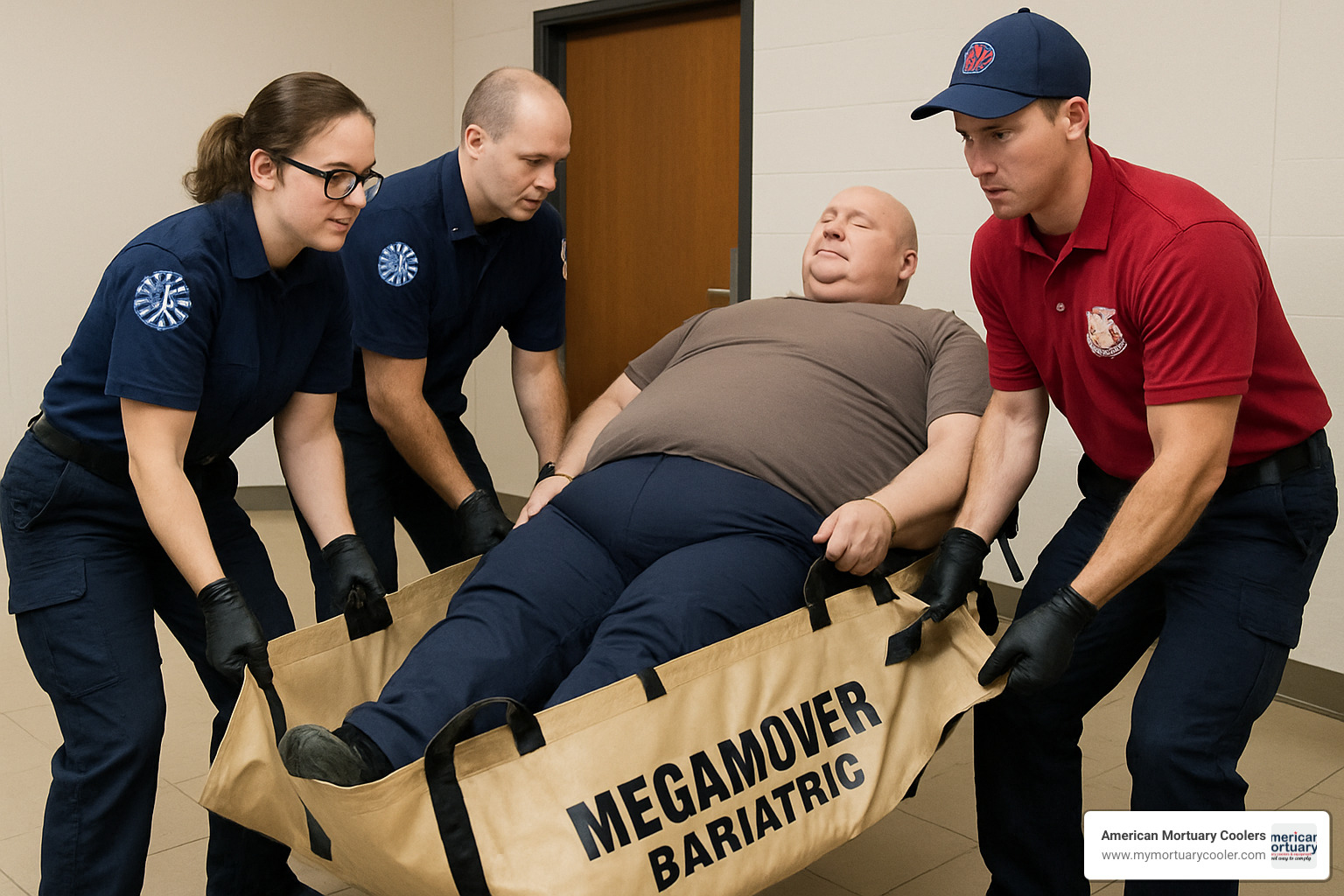
Patients with spinal injuries, multiple trauma, or breathing difficulties also benefit tremendously from the mega mover's design. The full-body support helps maintain proper alignment, while the flexible material accommodates medical equipment like IV lines, oxygen tanks, or monitoring devices.
"Having the right equipment is only half the battle when handling bariatric patients," a funeral director from Atlanta told me recently. "The mega mover tarp provides the necessary support, but you still need adequate personnel and proper technique to ensure everyone stays safe."
At American Mortuary Coolers, we regularly conduct hands-on training sessions for funeral homes across our service regions. These practical demonstrations help facilities improve their handling procedures and reduce workplace injuries. The feedback we receive consistently highlights how proper training with equipment like the mega mover tarp makes staff feel more confident and capable when facing challenging transport situations.
Cleaning, Maintenance & Storage Guidelines
Taking good care of your mega mover tarp isn't just about getting your money's worth—it's about ensuring it's ready when you need it most. Whether you've got a single-use model or a reusable one, proper maintenance keeps everyone safe and extends the life of your equipment.
After a routine transport, cleaning is pretty straightforward. Grab some hospital-grade disinfectant wipes and give the entire surface a thorough once-over. Pay special attention to those handles—they've had the most contact with rescuers' hands—and any areas where the patient was lying. Then just let it air dry completely before folding it back up. While it's drying, take a moment to look for any small tears or worn spots that might cause problems later.
"I always tell our funeral home partners to treat their mega mover tarp like it's part of their medical kit," says our Tennessee-based equipment specialist. "Because really, that's exactly what it is."
When you've had a messier situation involving bodily fluids, you'll want to step up your cleaning game. Spray the entire tarp with an approved disinfectant solution and let it sit for the recommended contact time—this varies by product, so check those instructions. Some disinfectants need rinsing afterward, while others can air dry on the surface. Either way, make sure it's completely dry before storing it away. Dampness can lead to mildew, which compromises both the material integrity and infection control.
Establishing a regular inspection routine saves headaches (and potentially backs) down the road. We recommend a quick check after each use and a more detailed monthly inspection. When you're examining your mega mover tarp, look for these potential issues:
- Frayed or torn fabric near the handles
- Handles pulling away from the main material
- Any punctures or cuts across the surface
- Discoloration that might indicate material breakdown
- Problems with additional features like straps or pockets
Proper storage makes a surprising difference in how long your mega mover lasts. Most manufacturers provide a specific folding pattern that creates a compact package without stressing the material. Store your folded tarp in its protective pouch, keeping it in a clean, dry place away from sharp objects or extreme temperatures. The equipment compartment of your vehicle works well, but avoid places where heavy items might be placed on top of it.
For those working in healthcare or funeral services, OSHA takes bloodborne pathogens seriously. If your mega mover tarp has been exposed to blood or other potentially infectious materials, follow your facility's established protocols. This might mean wearing gloves during cleaning or even properly disposing of the tarp if it can't be adequately decontaminated.
"Think of your mega mover as an extension of your patient care," our Dallas specialist often reminds customers. "The same attention you give to cleaning other medical equipment should extend to your transport devices."
Taking these simple steps ensures your mega mover tarp remains reliable when you need it most—whether that's for a routine hospital transfer or an emergency extraction from a difficult space. For more detailed information about handling practices with all types of patient movement equipment, check out our comprehensive guide on Safe Handling Practices with Mortuary Lift Equipment.
Models, Options & Market Comparison
When it comes to mega mover tarps, you have several excellent options to choose from. Let's explore the different models available so you can find the perfect fit for your facility's unique needs.
The MegaMover 1500 is the workhorse of the industry—the model you'll find in ambulances and emergency departments nationwide. With its impressive 1,000-pound working capacity (and 1,500-pound breaking strength), 14 sturdy handles, and reliable fluid-resistant design, it handles most transport situations with ease. Priced between $25-35 per unit, it offers exceptional value, especially for services that use these devices frequently.
For those needing a bit more versatility, the MegaMover Plus takes things up a notch. Its clever addition of backboard pockets allows you to convert from ultra-flexible to semi-rigid support when needed—a real game-changer when dealing with patients who might have spinal injuries. Yes, you'll pay a bit more ($40-60 typically), but that added functionality can be worth every penny in certain situations.
Do your team members frequently handle extended carries? The PowerGrip variant might be their new best friend. Its padded handles significantly reduce hand fatigue and pressure points during longer transports. This feature is particularly appreciated during wilderness rescues or disaster response scenarios where you might be carrying patients considerable distances. The $45-65 price point reflects the added comfort and reduced strain on your personnel.

While budget-friendly generic alternatives exist in the $15-20 range, there's real value in choosing quality name-brand mega mover tarps. The differences become apparent in several critical areas: more rigorous quality control testing, higher-grade materials with superior tear resistance, better stitching and reinforcement at stress points (especially those crucial handles), and actual warranty coverage against manufacturing defects.
As one emergency services director from Los Angeles told me, "When you're moving a 300-pound patient down a narrow staircase, the last thing you want to worry about is whether you saved $10 on your transport equipment." That perspective resonates with most professionals I work with.
If you're interested in learning more about selecting appropriate patient movement equipment, our guide on Mortuary Lifting Equipment covers many principles that apply to both emergency and mortuary transport scenarios.
MegaMover Tarp: Choosing the Right Model
Finding the perfect mega mover tarp for your facility doesn't have to be complicated. Here's how I help my clients make this important decision:
First, consider how often you'll use it. If your team reaches for a mega mover almost daily, investing in premium models makes financial sense in the long run—they'll simply hold up better under frequent use. For occasional use, the standard model often provides the right balance of performance and value.
Your typical patient population matters tremendously. If you regularly work with bariatric patients, prioritize models with the highest weight ratings and additional handles. While the standard 1,000-pound capacity works wonderfully for most situations, specialized bariatric models offer even greater peace of mind for the most challenging transports.
Think about your working environment too. Are you frequently navigating tight apartment stairwells? The most flexible models might be your priority. Do you often transport patients with potential spinal injuries? The MegaMover Plus with its backboard pocket option could be worth the extra investment.
The handle configuration deserves careful consideration. Standard models feature 14 handles, but some variations offer up to 16 or 18 handles. More handles mean better weight distribution—especially valuable when moving heavier patients or when working with smaller teams.

Finally, consider your replacement approach. Some facilities adopt a single-use policy for maximum infection control, while others implement regular replacement schedules based on usage patterns. If you plan to replace units frequently regardless of condition, the basic model may be more cost-effective.
"The right mega mover tarp depends entirely on your specific operational needs," as our Northeast Region equipment specialist often says. "A busy urban EMS service faces different challenges than a rural funeral home or a wilderness search and rescue team."
Here at American Mortuary Coolers, we've noticed interesting patterns among our clients. Many funeral homes prefer the standard MegaMover 1500 for its excellent balance of performance and value, while medical facilities often choose the MegaMover Plus for its versatility across different patient scenarios. We're always happy to help you assess your specific circumstances to find the perfect match for your needs.
User Reviews & Expert Insights
There's nothing quite like hearing from folks who use a product day in and day out to understand its true value. The mega mover tarp has earned quite the reputation among emergency professionals, with Amazon reviews averaging an impressive 4.6 out of 5 stars from 174 global reviews. What's even more telling is that 81% of reviewers gave it a full 5-star rating—pretty remarkable when you're talking about life-saving equipment!
Firefighters seem particularly fond of these versatile devices. As one reviewer from a busy city fire department put it: "We've made the mega mover tarp a standard part of our RIT (Rapid Intervention Team) gear, and it's been a game-changer for getting downed firefighters out of collapsed structures. We can take it into any situation because it's so compact, and we trust it completely when our brothers' and sisters' lives are on the line."
The EMT and paramedic community shares this enthusiasm, especially when it comes to tricky residential calls. One particularly heartfelt 5-star review stated: "After 15 years in EMS, I've never found anything better for moving patients down those nightmare stairwells in older apartment buildings. The mega mover tarp lets us keep patients safe and dignified while saving our backs from certain doom. Worth every penny we spend on them."
At the recent Fire Department Instructors Conference (FDIC), the mega mover was something of a celebrity. One case study presentation that really captured everyone's attention showed how L.A. County Fire rescued a captain trapped under debris using a mega mover when traditional extraction methods couldn't work in such tight quarters.
From a dollars-and-cents perspective, many departments report excellent value. Even if you treat the mega mover tarp as single-use for infection control (which many services do), the roughly $25 per unit cost is a bargain compared to potential workers' comp claims from rescuer injuries or the consequences of dropping patients during makeshift carries.
Training specialists we've worked with at American Mortuary Coolers emphasize that getting the most from these devices requires practice. They recommend regular drills with realistic weight (using training mannequins), practicing in the actual environments where you'll be using the device (those narrow hallways and tight stairwells), developing clear verbal commands everyone understands, incorporating mega movers into mass-casualty incident training, and practicing both emergency and routine patient movements.
"What makes the mega mover tarp truly special isn't just the material and design," as one training officer from our Pittsburgh service area wisely noted. "It's how it enables a well-trained team to work together seamlessly when conditions are at their worst. Even the best equipment is only as good as the people using it and how well they've prepared."
When we visit funeral homes across Tennessee and beyond to deliver our mortuary equipment, we often hear similar praise for these versatile transport devices. Whether it's an emergency service or a funeral home, professionals who move people in challenging environments consistently rank the mega mover among their most valuable tools.
Frequently Asked Questions about Mega Mover Tarps
Is the mega mover tarp fire-resistant?
No, standard mega mover tarps aren't built to resist fire. While firefighters frequently use them in rescue operations, they're designed for transporting patients after they've been moved away from immediate danger.
"People sometimes assume these tarps have fire protection because firefighters use them," explains our equipment specialist from Tennessee, "but adding true fire-resistance with materials like Nomex would triple or quadruple the cost, making them impractical for most departments."
If you're using a mega mover near fire operations, always maintain a safe distance from active flames and hot surfaces. The tarp's primary purpose is patient transport in the recovery phase, not during active fire engagement.
How many people are needed to lift safely?
The weight of your patient and your transport environment determine how many hands you'll need on deck:
For a child or smaller adult under 100 pounds, you can manage with two rescuers, though having a third provides better stability. Average adults between 100-250 pounds typically require 2-4 rescuers for safe transport. When moving larger adults in the 250-400 pound range, gather at least four team members before attempting a lift.
For bariatric patients weighing over 400 pounds, don't attempt a move with fewer than six rescuers. As one of our Texas clients told us, "Having those extra hands makes all the difference between a smooth transport and a potential disaster."
These are minimum recommendations. Adding extra personnel always improves weight distribution and control, especially when navigating stairs or uneven terrain. Always designate one person as team leader to coordinate movements with clear verbal commands.
Can I reuse a mega mover tarp after decontamination?
This depends on both your specific mega mover tarp model and your facility's infection control policies. Many models are designed for multiple uses after proper cleaning, particularly the more durable versions with reinforced construction.
"We've found that many funeral homes reuse their mega movers after thorough decontamination," notes our customer service representative from American Mortuary Coolers. "But some healthcare facilities, especially those dealing with highly infectious conditions, prefer the single-use approach despite the higher ongoing cost."
If you choose to reuse your mega movers, follow the manufacturer's cleaning guidelines precisely, inspect thoroughly for any damage after cleaning, document your decontamination process according to your facility's protocols, and store properly to maintain integrity.
What is the shelf life of an unused mega mover tarp?
When stored properly, an unused mega mover tarp typically remains in good condition for 5-7 years. However, several factors can significantly reduce this shelf life.
Exposure to direct sunlight causes UV degradation of the materials. High-temperature storage environments can weaken the structural integrity. Compression under heavy equipment can create weak points in the fabric. Moisture or humidity exposure may lead to mold or material breakdown. Contact with petroleum-based products or solvents can degrade the fabric and compromise its strength.
"We recommend keeping your mega movers in their original packaging or protective case," suggests our warehouse manager. "Store them in a cool, dry place away from sunlight, and include them in your regular equipment inspections to catch any deterioration before it becomes a safety issue."
Are mega mover tarps covered by insurance for EMS and healthcare providers?
Most mega mover tarps qualify as reimbursable durable medical equipment (DME) under many insurance plans when used for medically necessary patient transport. However, coverage specifics vary widely.
Different insurance providers and plan types have varying policies on transport equipment. Some plans distinguish between reusable and disposable devices in their coverage terms. Most require clear documentation of medical necessity. Coverage may also depend on the provider type—hospitals, EMS services, and home health agencies often face different reimbursement rules.
For healthcare facilities, we suggest consulting with your billing department for guidance on proper coding and documentation requirements. For funeral services, these items typically fall under standard business equipment expenses rather than billable client services.
"Insurance coverage for transport equipment can be confusing," acknowledges our financial advisor. "But documenting why the mega mover was necessary for safe patient handling usually satisfies most insurance requirements."
Conclusion
When emergencies strike and traditional stretchers won't work, the mega mover tarp truly shines. This remarkable tool bridges the gap between makeshift solutions and specialized medical equipment, combining feather-light portability with impressive strength that caregivers can trust.
We've journeyed through the complete story of this essential device—from its humble beginnings as a simple upgrade to blanket drags all the way to its current status as must-have equipment for first responders nationwide. The mega mover tarp has earned its place in ambulances, fire trucks, hospitals, and yes, even funeral homes across America.
But the benefits go far beyond just moving patients from point A to point B. By enabling safer transfers, this unassuming tarp protects the backs, careers, and livelihoods of caregivers while preserving the dignity of patients during their most vulnerable moments. When you consider the cost of workplace injuries among healthcare workers, the modest investment in quality mega mover tarps pays dividends in both human and financial terms.
"We've seen how the right equipment transforms difficult situations," shares one of our long-time customers in Nashville. "Before we started using mega mover tarps, moving larger individuals through older homes was a nightmare for everyone involved. Now it's just part of our standard procedure—no drama, no strain, just dignity and safety."
At American Mortuary Coolers, we understand the challenges you face. Whether you're navigating a narrow third-floor walkup in Boston, extracting someone from a vehicle accident in rural Wyoming, or safely transferring a bariatric individual in a San Diego healthcare facility, we know the right mega mover tarp makes all the difference in achieving safe, respectful outcomes.
Remember though—even the best equipment only works as well as the people using it. Regular training, proper maintenance, and following the best practices we've outlined ensure your investment translates to better outcomes for everyone involved.
For those looking to build a complete patient handling system, we invite you to explore our comprehensive guide on Mobi Medical Supply Equipment, which pairs perfectly with the transport solutions discussed here.
From all of us at American Mortuary Coolers, we wish you safe lifting and peaceful transports, wherever your care journey takes you.


